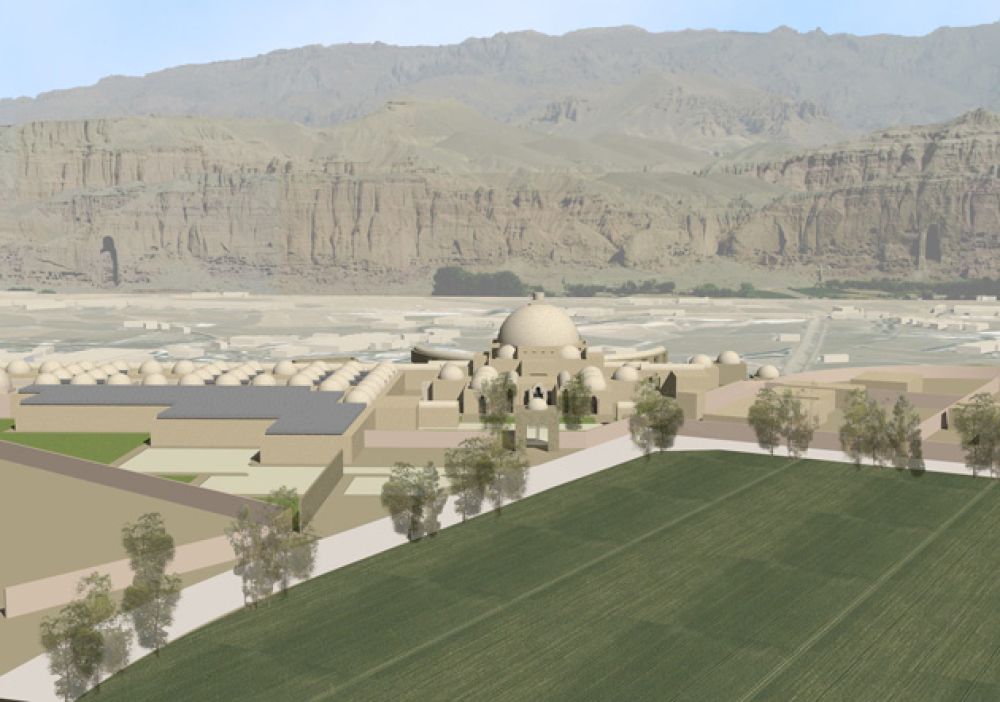

Bamiyan, situated in central Afghanistan, is renowned for its historical artifacts and cultural significance. It is home to the iconic giant Buddha statues, which sadly were destroyed in 2001. Despite this tragic event, Bamiyan has continued to attract visitors due to its rich history and breathtaking landscapes.
The history of tourism in Bamiyan can be traced back to the time when the Silk Road was a major trade route connecting the East with the West. Travelers and traders passing through would often stop to admire the Buddhist art and monastic complexes carved into the cliffs of the region. It wasn't until the 20th century, however, that Bamiyan began to develop as a tourist destination in its own right.
What truly sparked an interest in Bamiyan's tourism was the discovery and appreciation of its ancient cultural assets. The giant Buddha statues, which were the largest standing Buddha carvings in the world, attracted thousands of visitors from around the globe. Archaeologists, historians, and curious tourists came to experience the area’s unique blend of Greek, Persian, and Buddhist art.
Unfortunately, years of political instability and conflicts, including the destruction of the Buddhas by the Taliban, caused a significant decline in tourist numbers. These events led to the isolation of the region and left its historical sites in peril. Bamiyan became a poignant symbol for cultural heritage at risk.
Amid these challenges, the Bamiyan Museum was established. Although faced with numerous difficulties, the museum endeavors to preserve the remnants of Bamiyan’s ancient civilization. It houses an array of historical artifacts and serves as a cultural hub aimed at educating visitors about the region's past and present.
The Afghan government and international organizations have been working to revive tourism and promote sustainable development in Bamiyan. Efforts include proposals to reconstruct the Buddha statues and the promotion of the Bamiyan Valley as a UNESCO World Heritage site. Such initiatives aim to bring back global attention and rebuild tourism on the foundations of cultural heritage and natural beauty.
With the growing consciousness about cultural preservation, responsible tourism has become a trend in Bamiyan. Visitors are encouraged to respect the site’s historical significance and contribute to the local economy. Virtual tourism has also emerged as an alternative, enabling people from around the world to experience the museum's offerings through digital platforms, especially in times when traveling is not feasible due to security concerns or global health crises.
As Bamiyan strives to overcome its challenges, there is hope that tourism will once again thrive, with the Bamiyan Museum playing a central role in this resurgence. The commitment to preserving Bamiyan’s heritage is seen as key to inspiring future generations and fostering a peaceful and prosperous community.